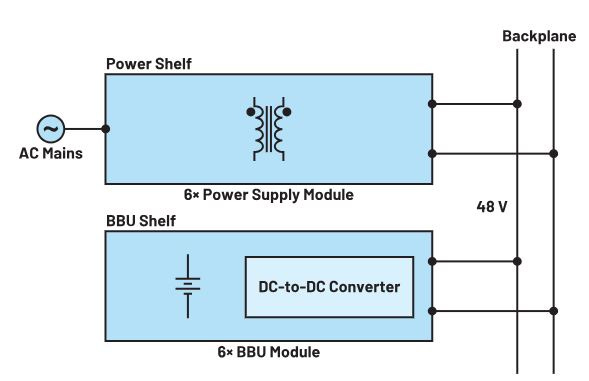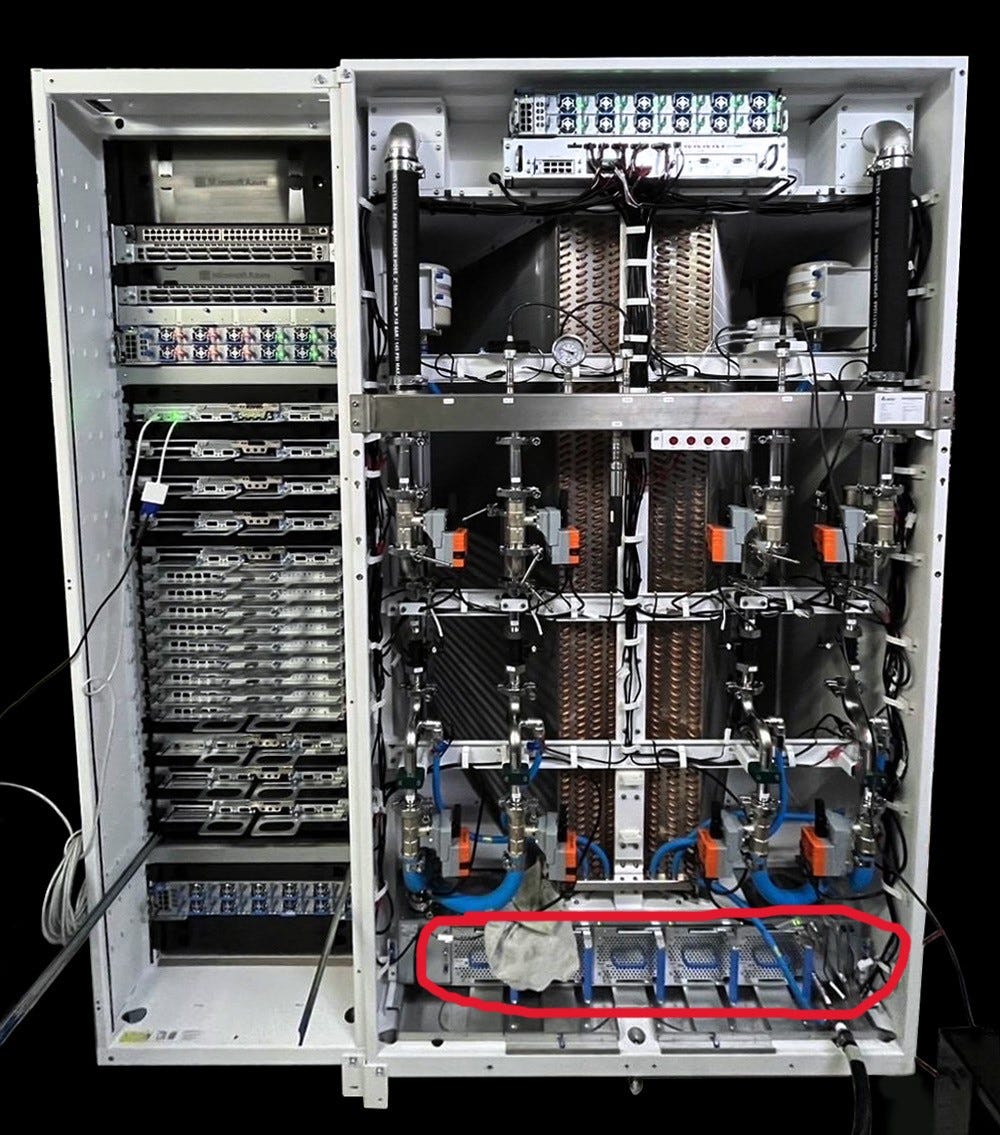NVIDIA (NVDA US) GB300 Power System – An Overview of new PSU, BBU, and Super Capacitor Design
Following the previous article discussing the power system design of NVIDIA's GB200 (Is Monolithic Power System (MPWR US) a Short? – The GB200 Power Module War), my article today will continue to delve into the power system design of NVIDIA's next-generation GB300, along with the hot topics that have recently attracted lots of investor attention: the Battery Backup Unit (BBU) and super capacitors.
First of all, it’s important to understand that the Battery Backup Unit (BBU) and super capacitors together form the Energy Storage Tray in the GB200/300 rack. These components are supplied by the same power shelf vendors, namely Delta Electronics, Lite-On, and Megmeet. The BBU can be seen as an advanced version of the traditional UPS (Uninterruptible Power Supply) used in data centers. Compared to UPS systems that use lead-acid batteries, BBUs equipped with lithium-ion batteries offer several advantages:
Longer Lifespan: Expected product lifetime of BBU is 5–10 years, 2–3 times that of lead-acid batteries.
Compact Design: BBU occupies 50–70% less space and is 50–60% lighter than traditional UPS unit, making them well-suited for in-rack solutions or side car configurations adjacent to the rack, thus saving valuable space in AI data centers.
Faster Charging: BBU charging speed is up to 5 times faster than those of UPS systems.
As a result, NVIDIA has chosen BBUs as its new backup power system.
Super capacitors are introduced after CSP (Cloud Service Provider) customers testing the GB200 system noted instances of voltage instability in the power shelves. To stabilize voltage fluctuations when power loads increase or decrease suddenly, NVIDIA integrated super capacitors into the Energy Storage Tray. Currently, BBUs and super capacitors are optional components in the GB200 rack but will become standard components in the GB300 rack.
As explained in my previous article on the GB200 power system, a standard GB200 NVL72 rack includes 6 power shelves (three at the top and three at the bottom of the rack), with each shelf containing 6 PSUs for a total of 6 x 6 = 36 PSUs. NVIDIA’s reference design recommends to equip one BBU shelf with one row of power shelf. These BBU shelves are charged by the corresponding power shelves under normal conditions, and can respond quickly during sudden power outage and replace the power shelves to deliver 48V DC power to compute trays, providing a critical time window of 5–7 minutes for server data backup (see diagram below).
The BBU module itself has several different specifications such as 3kW, 5.5kW, and 12kW. Usually, 6 BBU modules form a BBU shelf (see the first picture below). For example, Microsoft showcased its NVL36 GB200 rack system equipped with 5 BBUs in its recent announcement (New Microsoft Azure NVIDIA GB200 Systems Shown). Please see the second picture below: the left side is the NVL36 GB200 rack, the right side is the side car adjacent to the rack, and the red circle at the bottom of the side car shows the BBU shelf. It seems that Microsoft adopts the high-end 12kW BBU modules (see the third picture below), so its NVL36 rack is only equipped with 60kW / 12kW = 5 BBU modules here. While power shelf vendors supply the BBU shelf, the lithium battery modules are actually outsourced by Delta Electronics and Lite-On to Taiwanese battery manufacturers like Dynapack International Technology and Advanced Energy Solution, with Dynapack as the major vendor.
In the following paragraphs, I will discuss major changes to the power system design in the GB300, and provide estimate of the corresponding content value of BBUs and super capacitors.
Keep reading with a 7-day free trial
Subscribe to Global Technology Research to keep reading this post and get 7 days of free access to the full post archives.







